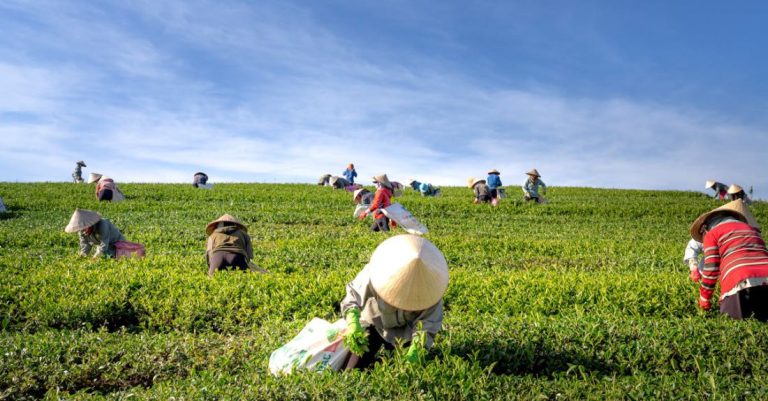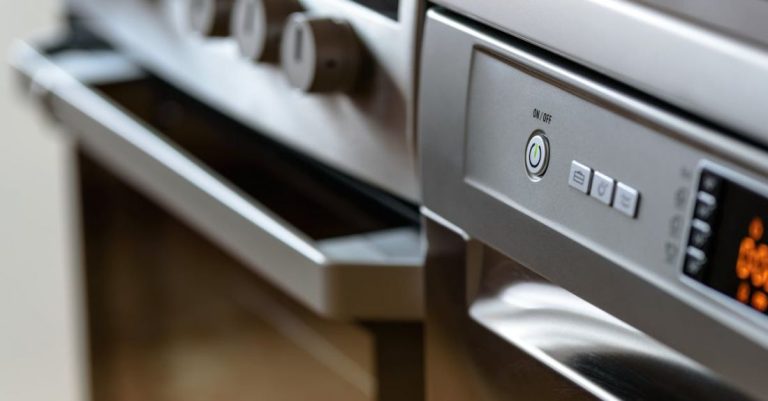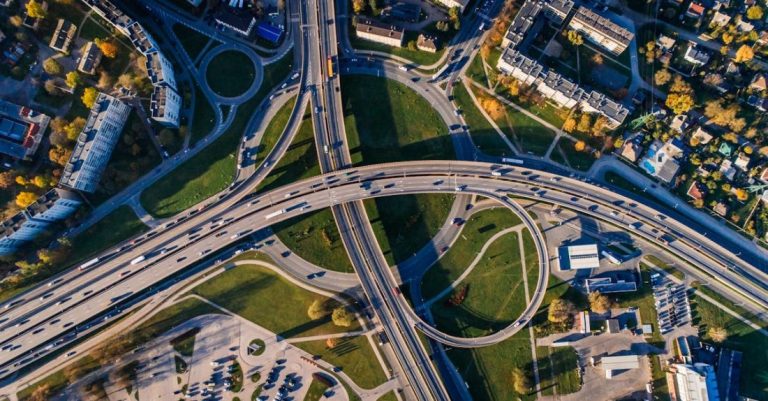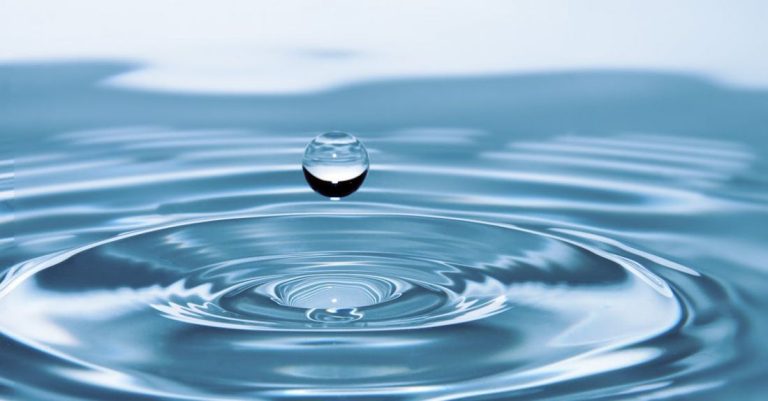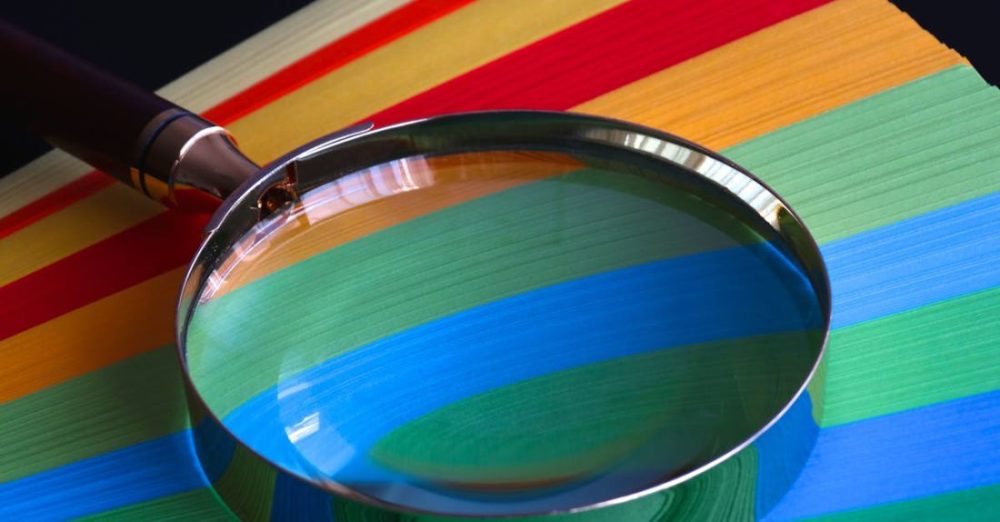
Ensuring the quality of the water in your home is essential for the health and well-being of you and your family. Contaminated water can lead to a variety of health issues, ranging from minor skin irritations to serious illnesses. Testing your home water quality is a crucial step in maintaining a safe and healthy living environment. Here are some tips on how to test your home water quality effectively.
Understanding the Importance of Water Quality Testing
Water quality testing is the process of analyzing the chemical, physical, and biological characteristics of water to determine its safety for consumption and other uses. Regular testing of your home water supply can help you identify any potential contaminants that may be present, allowing you to take appropriate actions to address them.
Types of Water Quality Tests
There are various types of tests that can be conducted to assess the quality of your home water supply. Some common tests include:
1. Bacteria Testing: This test determines the presence of harmful bacteria such as E. coli and coliform bacteria, which can cause gastrointestinal issues.
2. pH Testing: pH levels indicate the acidity or alkalinity of water. Extreme pH levels can affect the taste of water and cause corrosion in pipes.
3. Lead Testing: Lead contamination in water can lead to serious health problems, especially in children. Testing for lead is crucial, especially in older homes with lead pipes.
4. Chemical Testing: This test checks for the presence of contaminants such as pesticides, heavy metals, and chlorine in the water.
5. Hardness Testing: Hard water contains high levels of minerals like calcium and magnesium, which can cause scaling in pipes and appliances.
Conducting a Water Quality Test
Before conducting a water quality test, it’s essential to follow these steps:
1. Identify the Source: Determine where your water comes from – whether it’s a private well or a municipal water supply.
2. Choose the Right Test: Based on your concerns and the source of your water, select the appropriate tests to be conducted.
3. Follow Instructions: Read the testing kit instructions carefully and follow them accurately to ensure reliable results.
4. Sample Collection: Collect water samples as per the instructions provided in the testing kit. Ensure that the samples are taken from different points in your home for a comprehensive analysis.
Interpreting Test Results
Once you have conducted the water quality tests, it’s crucial to interpret the results correctly. Compare the test results to the recommended standards set by the Environmental Protection Agency (EPA) or other relevant authorities. If the results indicate any contaminants above the permissible levels, take immediate action to address the issue.
Ensuring Safe Drinking Water
Based on the test results, you can take several actions to ensure safe drinking water in your home:
1. Install Water Filtration Systems: Depending on the contaminants found in your water, consider installing a suitable water filtration system to remove impurities.
2. Regular Maintenance: Maintain your water treatment systems regularly to ensure their effectiveness in removing contaminants.
3. Monitor Water Quality: Conduct periodic water quality tests to monitor any changes in the water quality and take necessary actions promptly.
4. Educate Yourself: Stay informed about the potential contaminants in your area and take proactive measures to protect your water supply.
Keeping Your Home Water Safe and Healthy
Testing your home water quality is a proactive measure to safeguard the health of your family. By conducting regular tests and taking appropriate actions based on the results, you can ensure that your home water supply is safe and healthy for consumption and other uses. Prioritize the quality of your water to enjoy a healthy and thriving living environment.


